Early Days of Romanovs
In the early 17th century, Russia was a land of intrigue and shifting allegiances, and the Romanovs were ready to seize the moment. Michael Romanov, a seemingly unassuming figure, was elected Tsar in 1613 after years of political chaos. His rise marked the beginning of a new era for Russia, as he restored stability and reestablished the monarchy’s dominance.
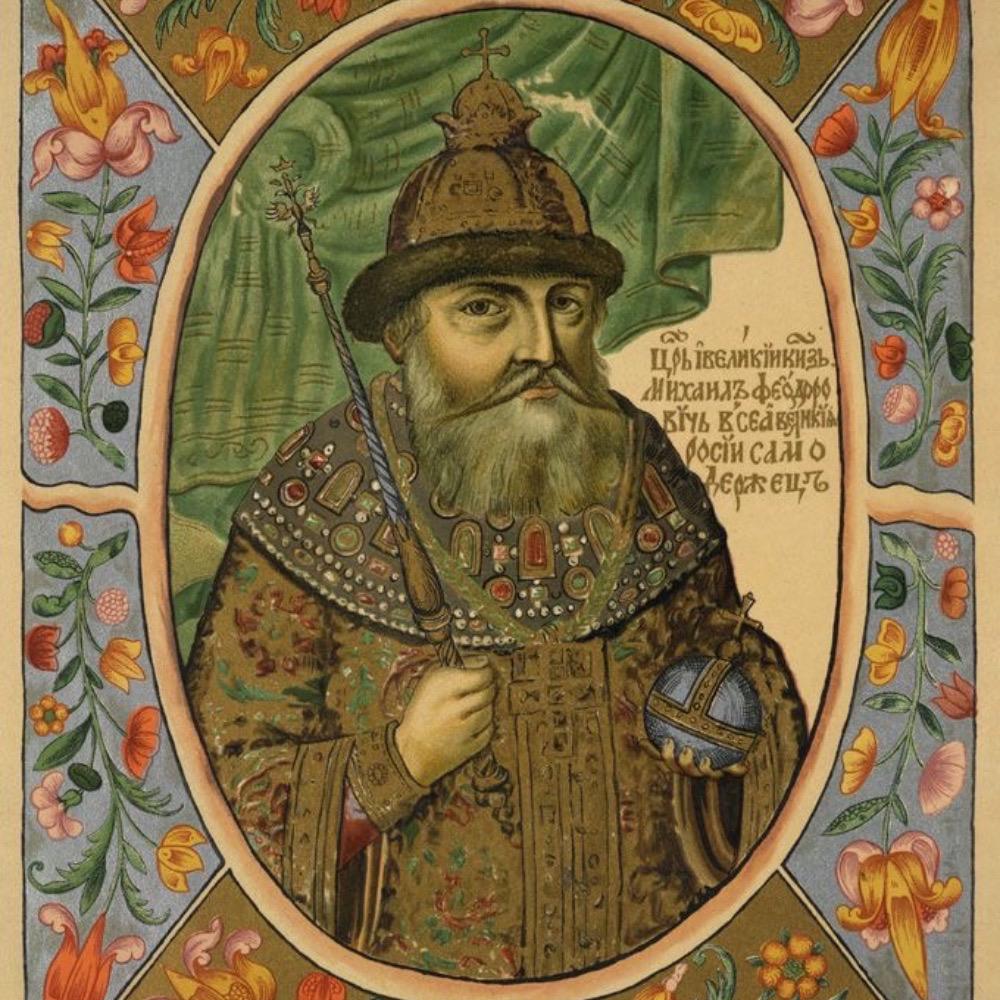
The early Romanovs were not without their challenges. Michael’s reign saw numerous battles for power, but his diplomatic skills and strategic alliances helped cement the family’s place in Russian history. This was just the start of their dramatic journey.
Ivan the Terrible’s Influence
Ivan IV, better known as Ivan the Terrible, was a ruler whose name evokes both fear and fascination. His reign in the mid-16th century was marked by relentless ambition and ruthless tactics. Although his reign ended before the Romanovs, his influence cast a long shadow over Russia’s future rulers, including the Romanovs.

Ivan’s centralization of power and creation of a vast bureaucracy set the stage for the Romanovs. His reign demonstrated the potential for absolute power and also the peril of unchecked authority. The Romanovs would later inherit both the strengths and challenges of his legacy.
Michael Romanov’s Ascendancy
The election of Michael Romanov in 1613 was a turning point for Russia. As a teenager with little political experience, Michael was seen as a stabilizing figure amidst the chaos following the Time of Troubles. His ascension to the throne marked the beginning of the Romanov dynasty, setting the stage for over 300 years of imperial rule.
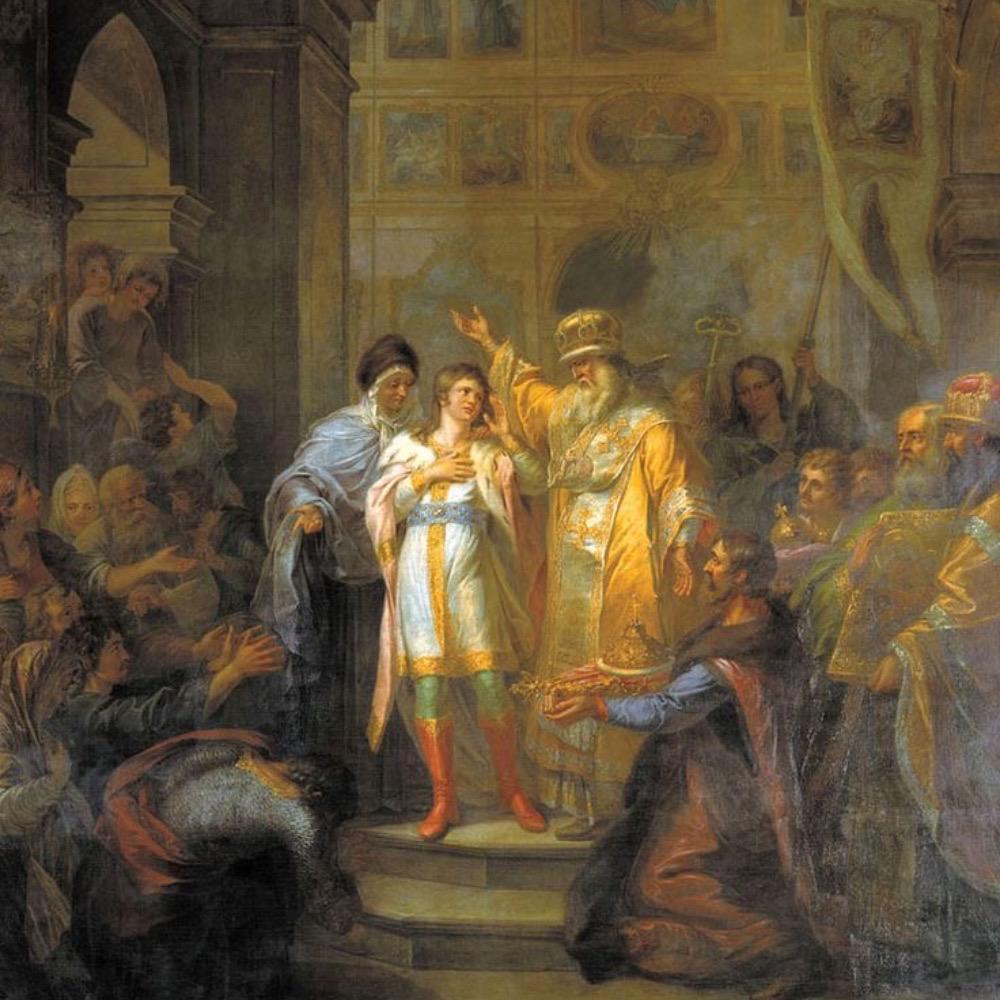
Michael’s early reign was characterized by efforts to rebuild and consolidate power. Despite his inexperience, he skillfully navigated the turbulent political landscape, gaining the support of powerful factions and restoring the Russian Orthodox Church’s influence. His success laid the groundwork for the Romanovs’ future dominance.
The Romanov Dynasty Begins
The Romanov dynasty’s beginnings were humble yet hopeful. The family transitioned from minor nobility to Russia’s ruling elite after Michael Romanov’s election. Their rise was marked by a series of calculated moves and strategic marriages that solidified their grip on the throne.
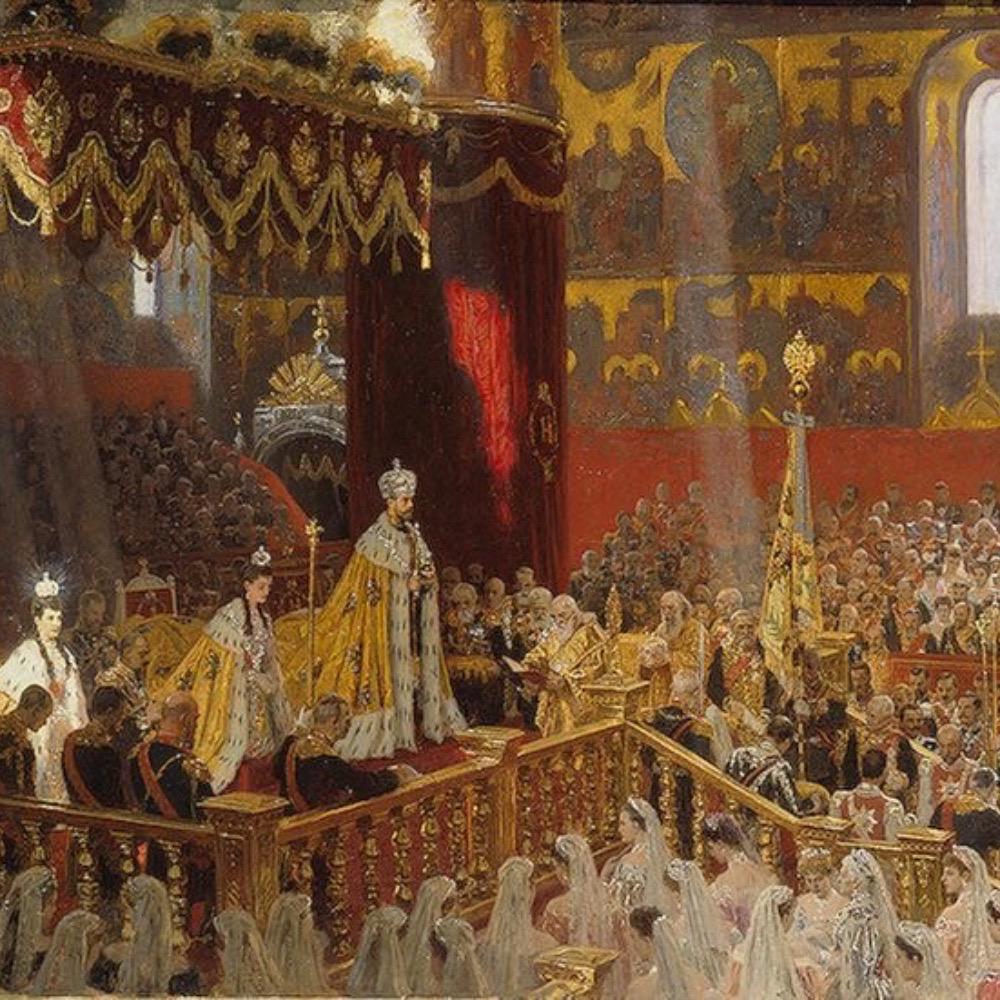
As the dynasty took shape, it was clear that the Romanovs were determined to leave a lasting legacy. Their rule was characterized by a blend of shrewd diplomacy and strong leadership, setting the stage for centuries of imperial dominance. The Romanovs were not just ruling a country; they were shaping its future.
Peter the Great’s Reforms
Peter the Great, who reigned from 1682 to 1725, was a visionary ruler with an insatiable thirst for modernization. He radically overhauled Russia’s military, government, and society to transform his country into a European powerhouse. His reforms were as ambitious as they were disruptive.
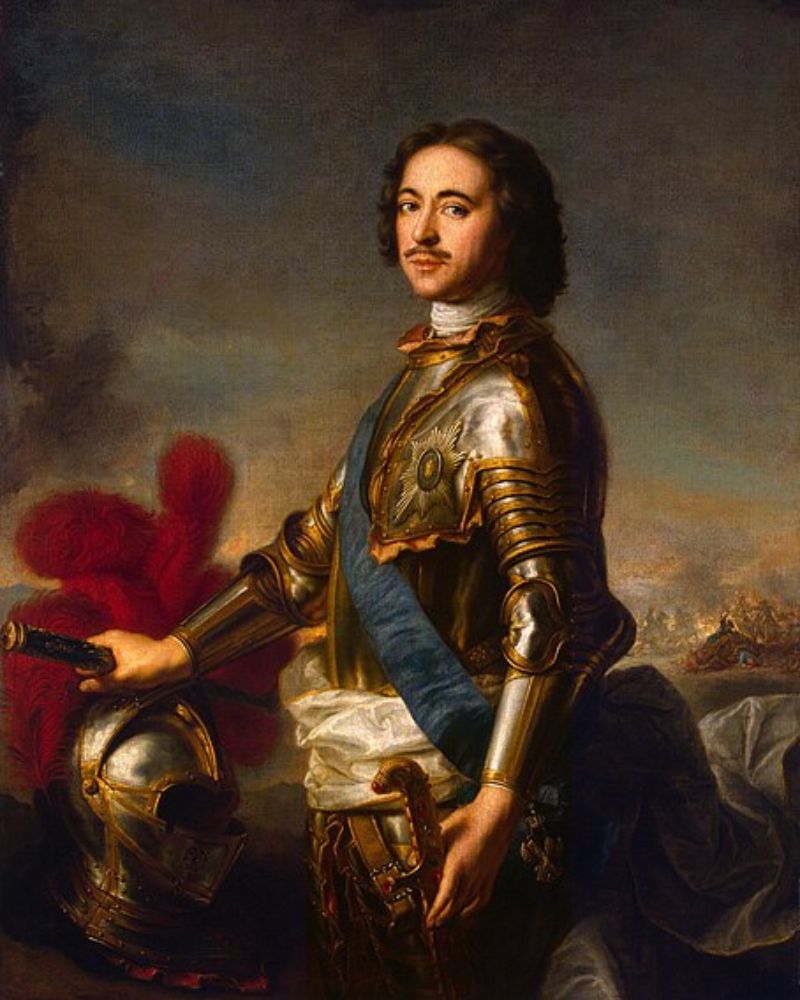
Peter I’s efforts included founding the city of St. Petersburg, which became the new heart of the Russian Empire. His sweeping changes often met with resistance, but they were crucial in propelling Russia into the modern age. Peter’s legacy was a dynamic mix of progress and controversy.
Catherine the Great’s Reign
After Peter III’s death in 1762, Catherine the Great, or Catherine II, became the sole ruler of Russia. She ruled from 1762 to 1796 and is remembered as one of Russia’s most remarkable monarchs. Her reign was a golden age of cultural flourishing and territorial expansion. Known for her enlightened ideas and ambitious policies, Catherine redefined Russian royalty.
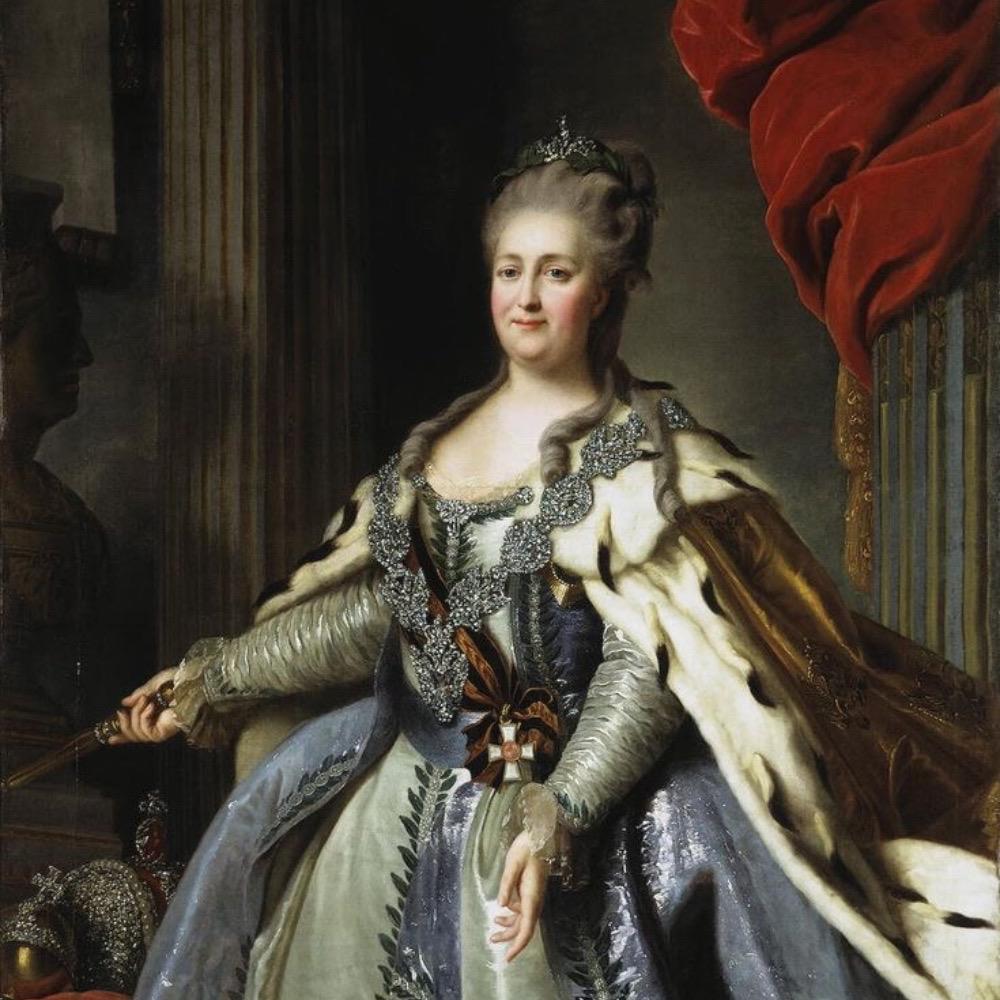
Catherine’s court became a hub of intellectual and artistic activity, attracting European luminaries. Her reign also saw significant territorial gains, extending the empire’s influence. Catherine’s blend of progressive reforms and absolute rule made her one of the most intriguing figures in Russian history.
The Golden Age Begins
The late 18th and early 19th centuries marked the Golden Age of the Romanov dynasty. During this period, Russia experienced a remarkable era of stability and prosperity under the leadership of Catherine the Great and her successors. The empire expanded its influence, and cultural achievements reached new heights.

This era was characterized by artistic and political accomplishments. The Romanovs’ patronage of the arts and sciences fostered a thriving cultural scene, while their military and diplomatic successes bolstered Russia’s position on the global stage. The Golden Age was a testament to the Romanovs’ enduring legacy.
Russian Empire Expands Rapidly
Under the Romanovs, the Russian Empire underwent unprecedented expansion. Throughout the 18th and 19th centuries, the empire stretched its borders through military conquests and strategic treaties. This period of rapid expansion transformed Russia into one of the largest and most influential empires in history.
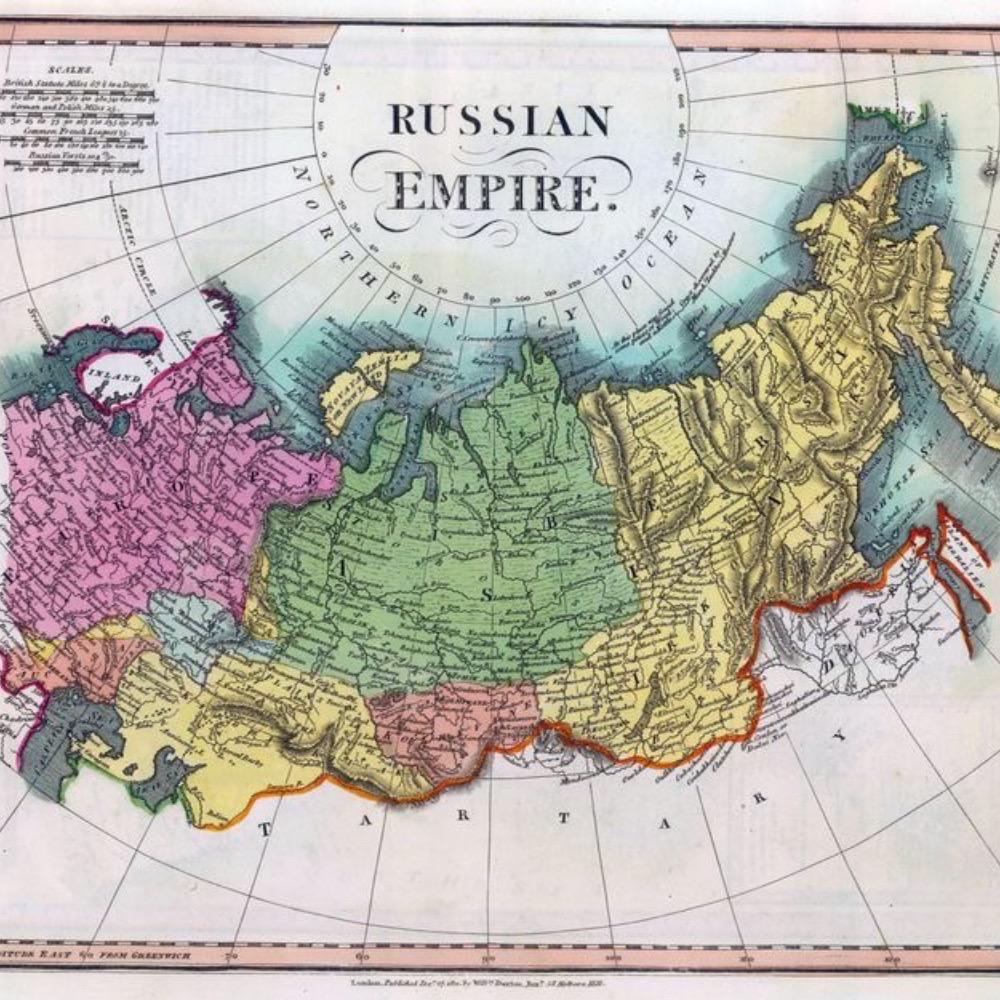
From the conquests of Siberia to annexing territories in Eastern Europe, the Romanovs were instrumental in shaping the empire’s vast expanse. Their expansionist policies increased Russia’s territorial holdings and cultural and economic influence, marking a pivotal era in Russian history.
Alexander I and Napoleon
Alexander I, who reigned from 1801 to 1825, faced one of the greatest challenges of his reign with Napoleon Bonaparte’s rise. The Napoleonic Wars tested Alexander’s leadership and strategy as he navigated complex alliances and conflicts across Europe.
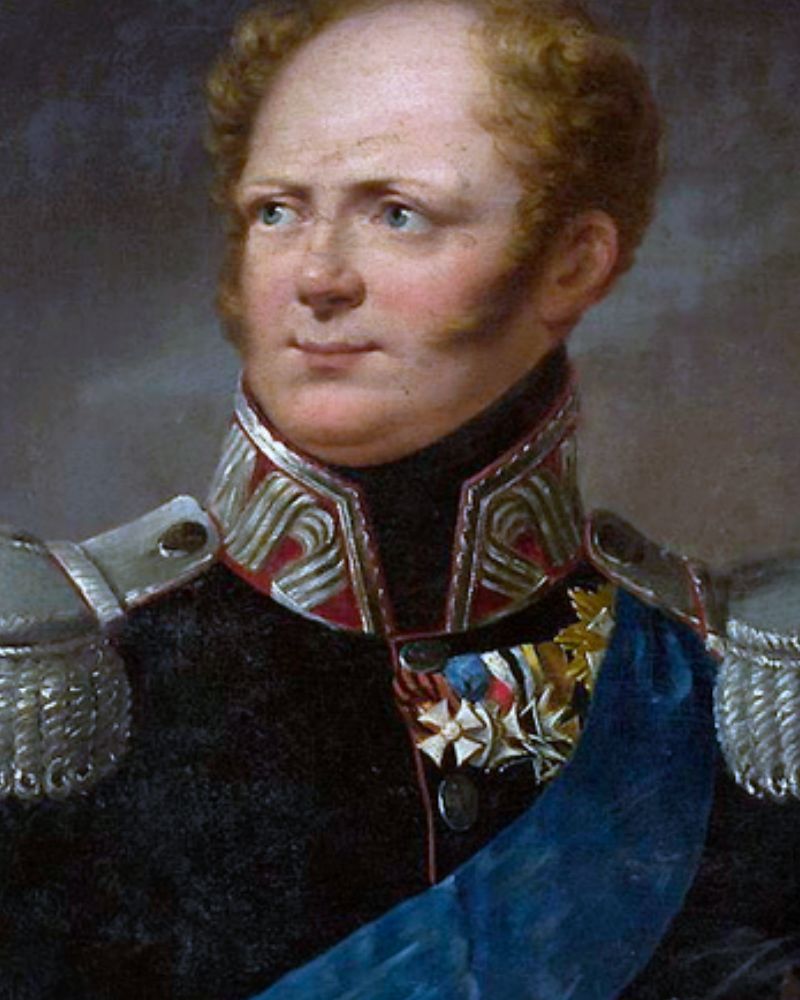
Alexander’s role in defeating Napoleon at the Battle of Leipzig and the subsequent Congress of Vienna showcased his diplomatic prowess. His ability to balance military might with political negotiation helped secure Russia’s position as a major European power and set the stage for the empire’s 19th-century policies.
Decembrists and Political Unrest
The Decembrist Revolt of 1825 was a significant political unrest in Russia. A group of army officers, known as the Decembrists, staged a failed uprising against Tsar Nicholas I’s autocratic rule, advocating for constitutional reforms and an end to serfdom.

Although the revolt was swiftly quelled, it highlighted the growing dissatisfaction with the Romanov autocracy. The Decembrists’ attempt to challenge the status quo laid the groundwork for future revolutionary movements, reflecting the increasing tensions within Russian society during the 19th century.
The Romanovs’ Victorian Era
The Romanovs’ Victorian era, spanning the mid-19th to early 20th centuries, was marked by a blend of luxury and social change. Tsar Alexander II’s reforms, including the emancipation of the serfs, were significant strides towards modernizing Russia.
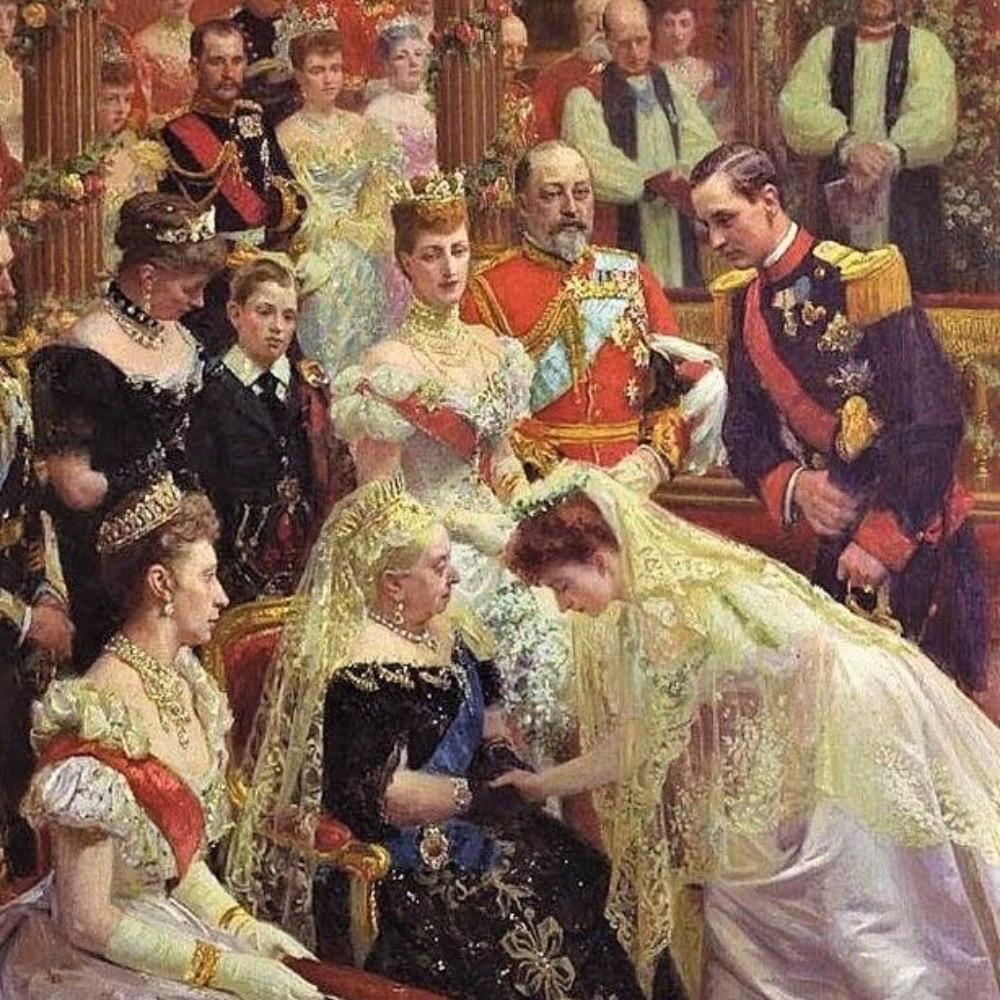
This period also saw the Romanovs embracing Victorian-era aesthetics and customs, reflecting their desire to align with Western European trends. The Victorian era was a time of cultural flourishing and growing social tensions as Russia grappled with rapid modernization and its traditional autocratic structure.
Alexander II’s Emancipation Edict
In 1861, Tsar Alexander II issued the Emancipation Edict, one of the most transformative reforms in Russian history. This decree freed millions of serfs from their feudal obligations, marking a dramatic shift in the social and economic landscape of the empire.
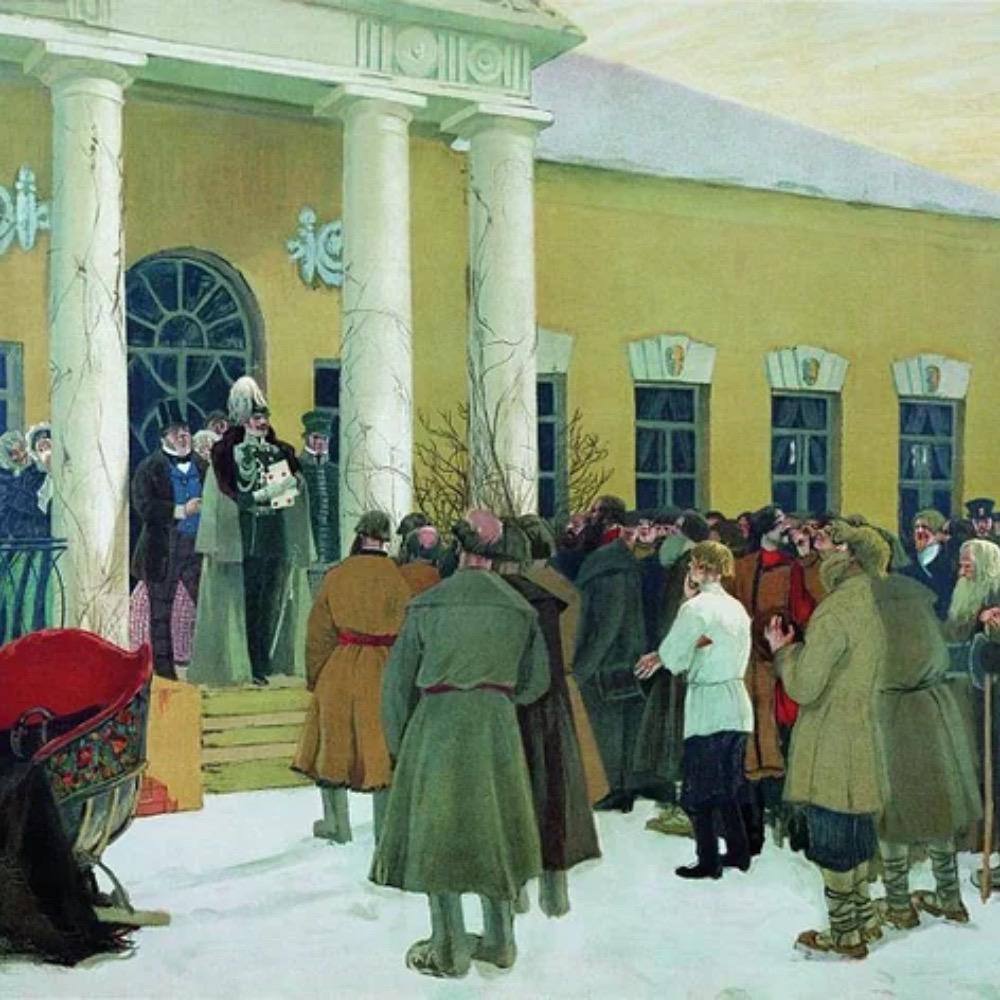
Alexander’s move was intended to modernize Russia and alleviate social unrest but faced significant challenges. The edict aimed to integrate former serfs into the economy and society, but the process was fraught with difficulties, reflecting the complexity of reforming a deeply entrenched system.
Rise of Nicholas II
Nicholas II, the last Tsar of Russia, ascended to the throne in 1894 amid expectations of continuity and stability. His reign, however, would become synonymous with decline and turmoil. Nicholas’ leadership faced numerous challenges, from political unrest to military defeats.
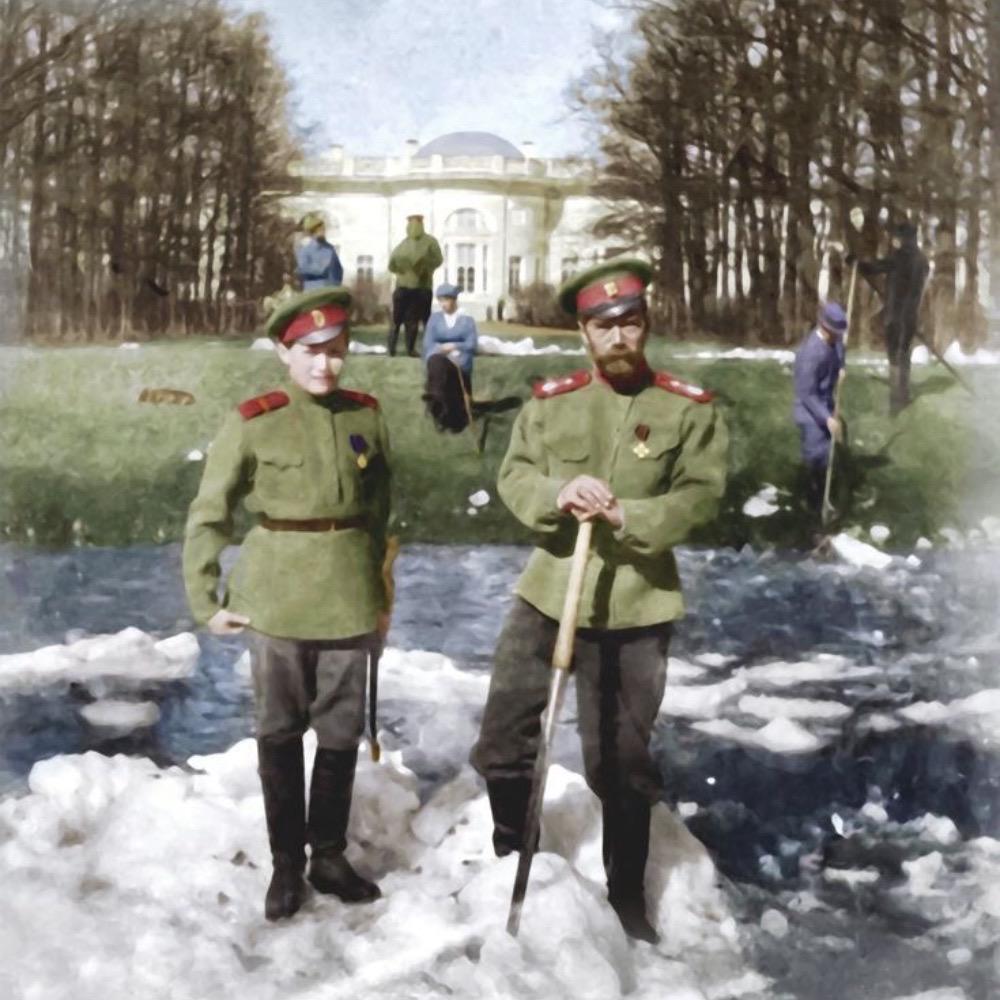
Despite his earnest efforts, Nicholas II struggled to manage the empire’s vast complexities. His reign witnessed dramatic events such as the Russo-Japanese War and the 1905 Revolution, which tested his capacity to maintain control and address the growing demands for political reform.
Revolution Brewing in Russia
The early 20th century was a period of mounting unrest in Russia. Political discontent, economic hardship, and social inequality fueled widespread agitation and revolutionary fervor. The seeds of revolution were sown as various factions demanded change.

The brewing revolution was characterized by strikes, protests, and growing calls for a more democratic government. This period of upheaval set the stage for the dramatic changes that would unfold, leading to the eventual downfall of the Romanov dynasty.
Rasputin’s Controversial Influence
Grigori Rasputin, a mystic and confidant of the Romanovs, wielded significant and controversial influence over the Russian court. His supposed healing abilities and enigmatic personality made him a central figure in the lives of Tsar Nicholas II and Tsarina Alexandra.
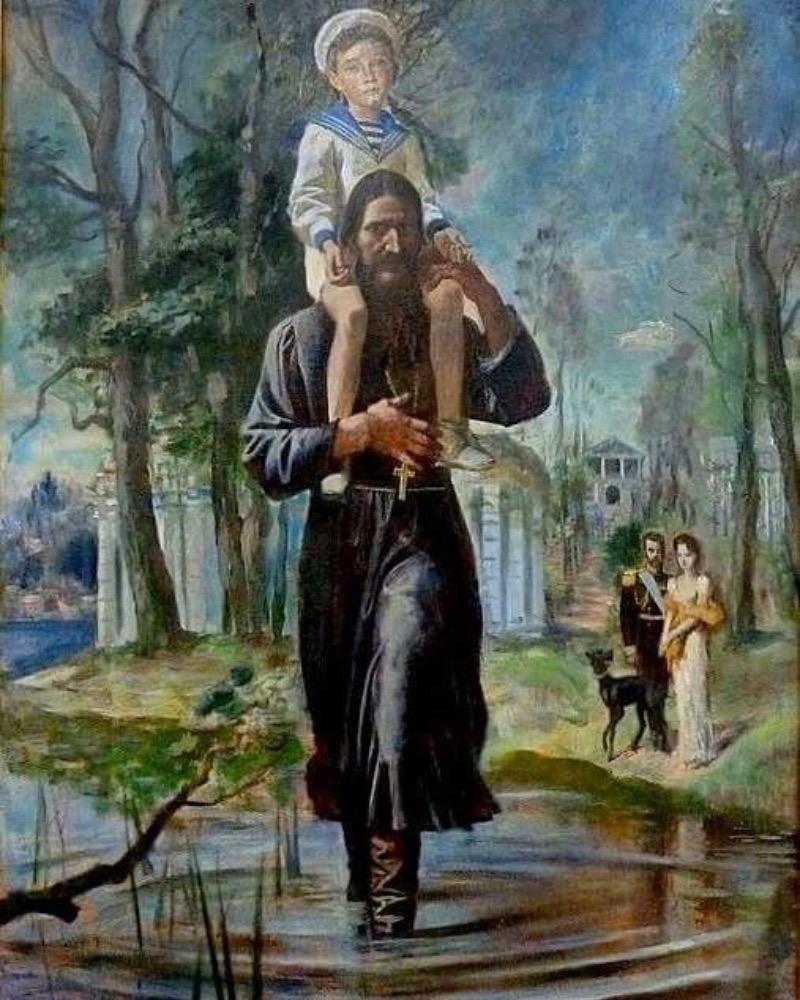
Rasputin’s influence was a source of scandal and intrigue, as his involvement in political and personal matters drew criticism and suspicion. His controversial role in the court symbolized the growing discontent with the Romanovs and contributed to the broader political instability of the era.
Russo-Japanese War Fallout
The Russo-Japanese War of 1904-1905 was a significant and humiliating conflict for Russia. The war fought over imperial ambitions in East Asia, ended in a decisive defeat for the Russian Empire and exposed weaknesses in its military and governance.
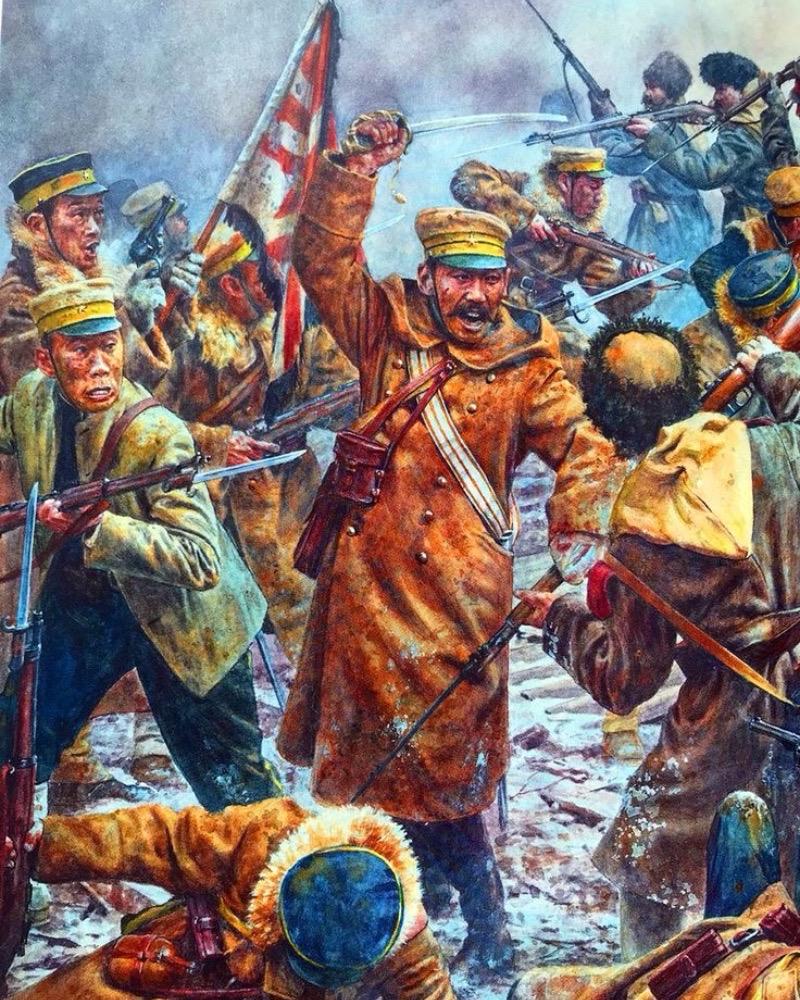
The fallout from the war contributed to domestic unrest and dissatisfaction with the Romanov regime. The defeat highlighted the need for reform and fueled revolutionary sentiment, further eroding the stability of Nicholas II’s reign and leading to increased calls for political change.
The 1905 Russian Revolution
The 1905 Russian Revolution was a pivotal moment of upheaval and change. Sparked by discontent with autocratic rule, economic hardship, and military defeats, the revolution saw widespread strikes, protests, and demands for political reform.

While the revolution did not overthrow the Romanov dynasty, it forced Tsar Nicholas II to make significant concessions, including establishing the Duma, a legislative assembly. The events of 1905 were a harbinger of the more profound changes that would come in the years ahead.
World War I Impact
World War I had a profound impact on the Romanov dynasty and Russia as a whole. The war effort placed immense strain on the Russian economy, military, and society, exacerbating existing problems and leading to widespread suffering.

The war’s heavy casualties and economic difficulties intensified public discontent and undermined support for the Romanov regime. The strain of the conflict highlighted the vulnerabilities of Tsar Nicholas II’s leadership and accelerated the momentum towards revolutionary change.
Romanovs’ Struggles With War
Throughout World War I, the Romanovs faced significant struggles. The prolonged conflict tested their ability to manage the empire and maintain stability. Military defeats and logistical challenges compounded the difficulties faced by Tsar Nicholas II and his government.

The strain of war exposed the weaknesses of the Russian military and administration, leading to increased criticism of the Romanovs. The war’s demands and the ensuing hardships for the Russian people further eroded the monarchy’s support and contributed to the growing revolutionary fervor.
February Revolution Unfolds
The February Revolution of 1917 was a seismic shift in Russian history, heralding the dramatic end of the Romanov dynasty. Sparked by widespread discontent and strikes, the revolution quickly gathered momentum, leading to mass protests and unrest across the country. The mounting pressure on Tsar Nicholas II forced his abdication.
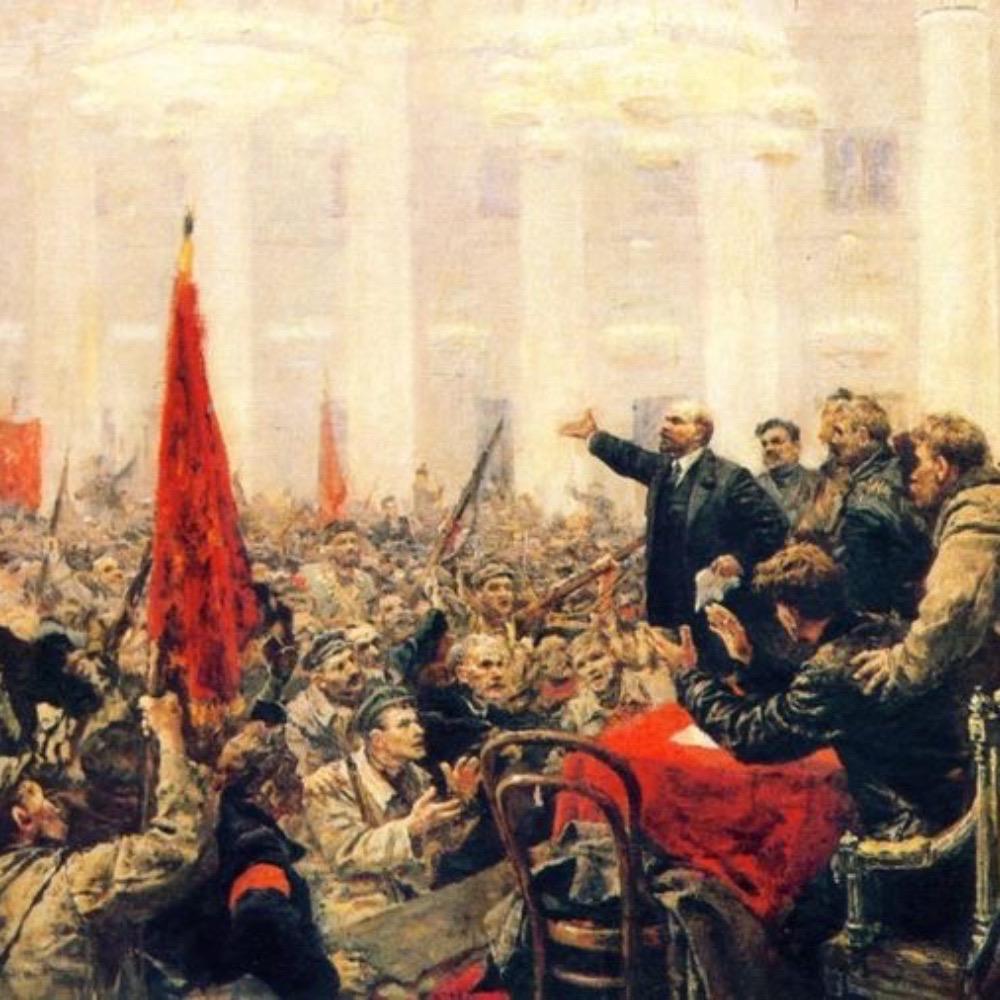
This pivotal moment did more than just topple the monarchy; it ushered in the Provisional Government, an interim authority that sought to guide Russia through a transition period. However, the upheaval of February 1917 was only the beginning.
Abdication of Nicholas II
In March 1917, Tsar Nicholas II abdicated the throne, marking the end of the Romanov dynasty’s centuries-long rule. Facing mounting pressure from revolutionaries and the country’s dire state, Nicholas’s abdication was a pivotal moment in Russian history.
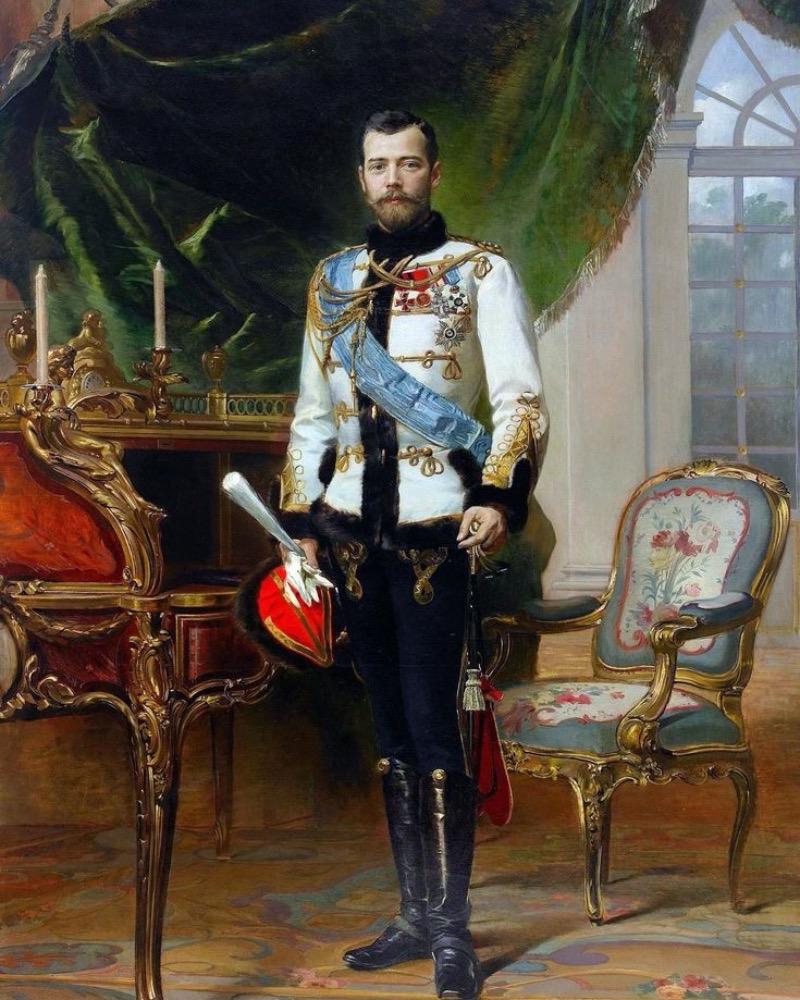
The abdication resulted from the February Revolution, which had led to widespread unrest and the collapse of support for the monarchy. Nicholas II’s decision to step down paved the way for a provisional government and set the stage for the Russian Revolution.
The Provisional Government Era
Following the abdication of Nicholas II, Russia entered a period known as the Provisional Government era. This interim government oversaw the country’s transition from autocratic rule to a more democratic system.

The Provisional Government faced numerous challenges, including wartime pressures and internal dissent. Despite its efforts to stabilize the country and implement reforms, the government struggled to gain legitimacy and maintain control, ultimately paving the way for the Bolshevik Revolution.
Bolshevik Revolution Takes Over
The Bolshevik Revolution of October 1917 was a dramatic shift in Russian history, leading to the overthrow of the Provisional Government and the rise of Bolshevik control. Led by Vladimir Lenin, the Bolsheviks seized power amidst widespread discontent and revolutionary fervor.
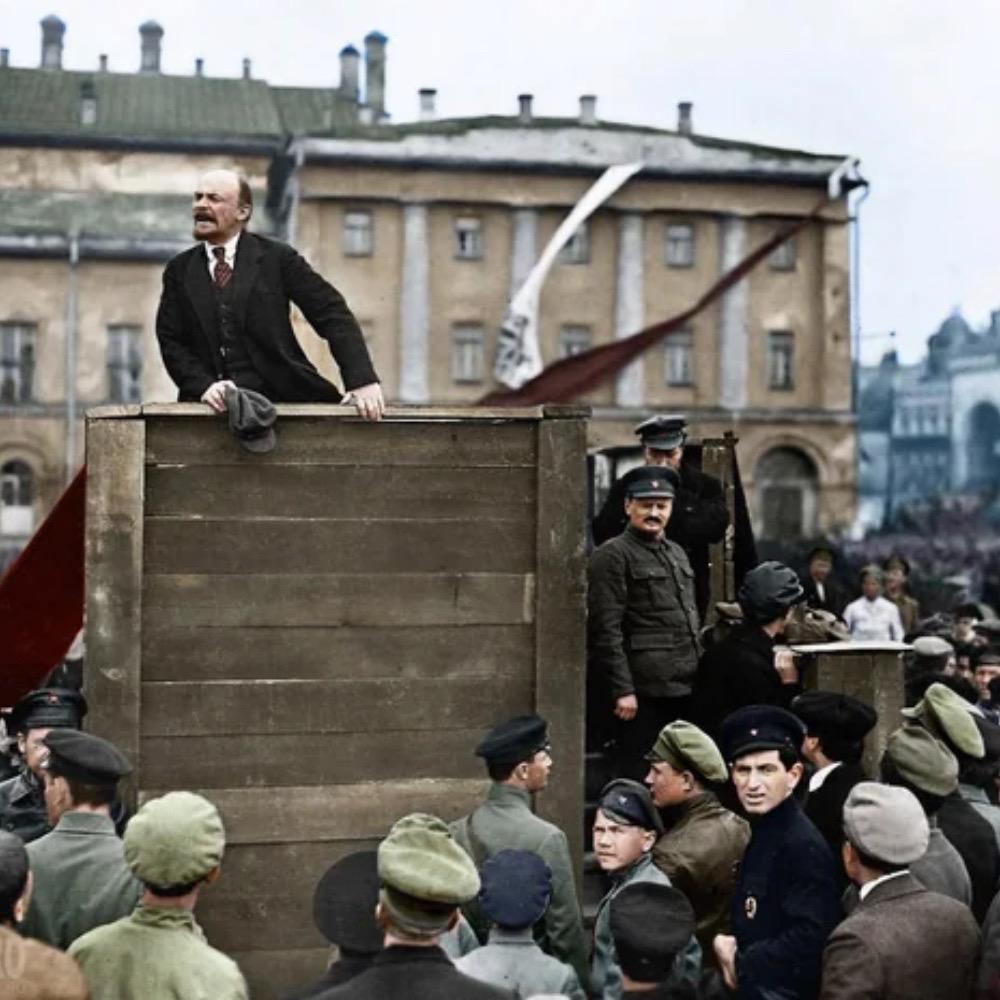
The revolution marked the beginning of Soviet rule and the end of the Romanov dynasty. The Bolsheviks’ takeover was characterized by a rapid and radical transformation of Russian society, politics, and governance, fundamentally altering the country’s trajectory.
Romanovs in Captivity
After the Bolshevik Revolution, the Romanov family was placed under house arrest in various locations. Their captivity was marked by uncertainty and deprivation as the former royals faced the reality of their dramatically changed circumstances.
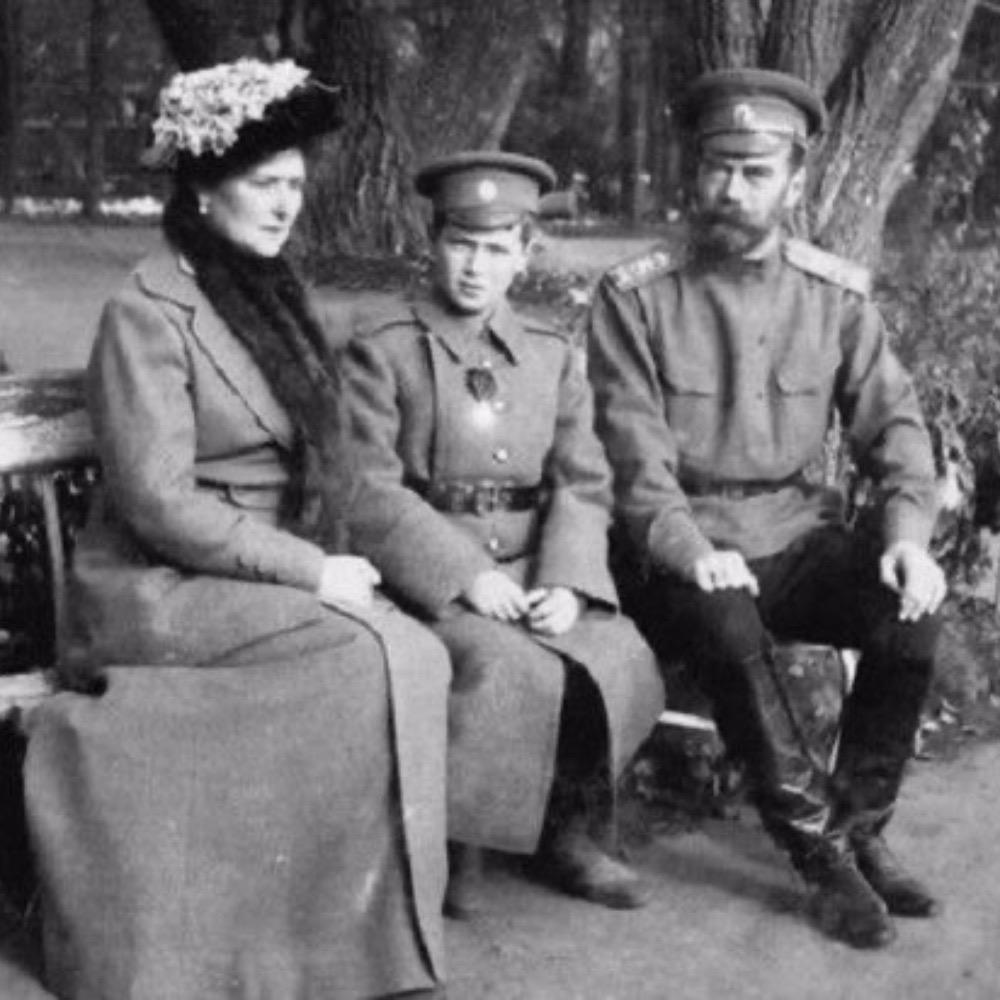
The Romanovs’ imprisonment starkly contrasted their former life of luxury and power. Their confinement symbolized the end of an era and the dramatic shift from imperial rule to revolutionary governance, with their fate hanging in the balance.
The Execution of the Romanovs
In July 1918, the Romanovs faced a tragic end when Bolshevik forces executed them. The family, including Tsar Nicholas II and his immediate relatives, met an untimely end in a basement in Ekaterinburg, marking a brutal conclusion to their reign.
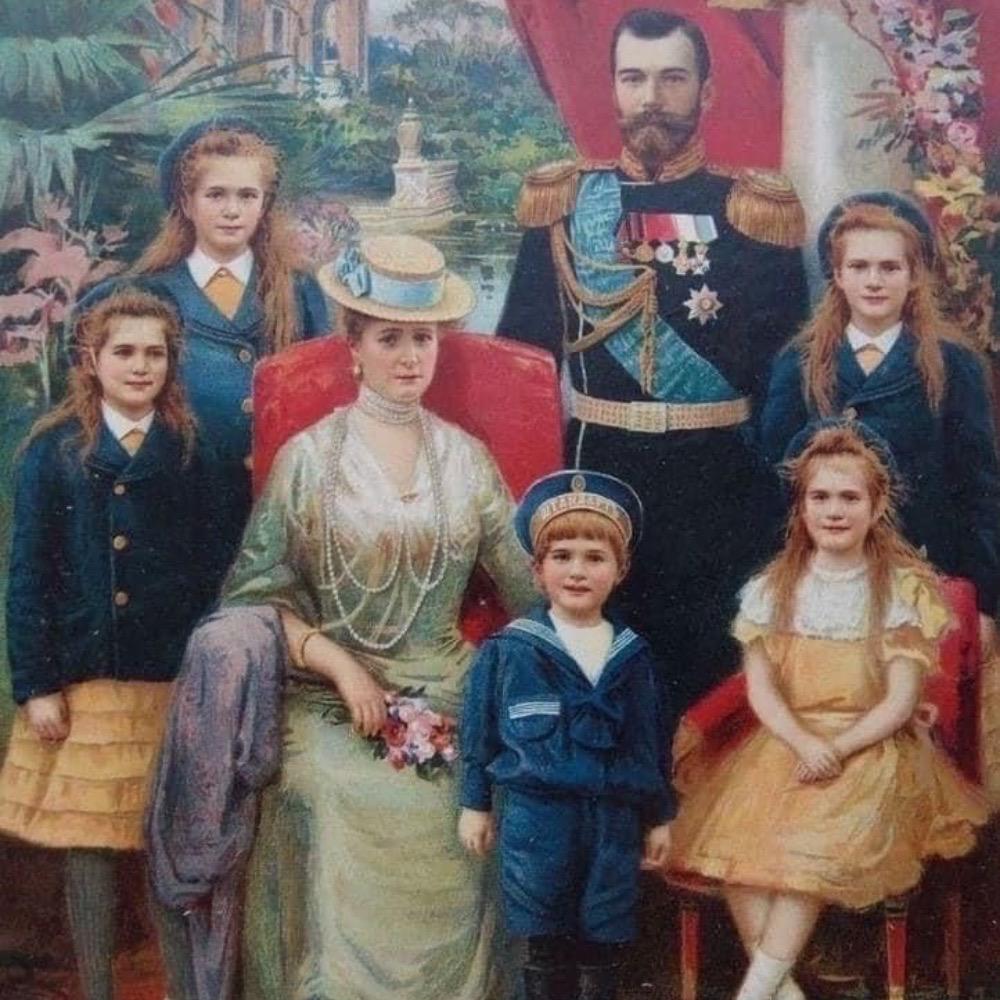
The Romanovs’ execution was a symbolic act of the Bolshevik regime’s break from the past. It underscored the finality of the revolutionary change and the end of Russia’s imperial era, leaving a lasting impact on Russian history and collective memory.
End of Imperial Russia
The execution of the Romanovs in 1918 signaled the definitive end of imperial Russia. With the fall of the Romanov dynasty, the country underwent a radical transformation, transitioning from a monarchy to a communist state under Bolshevik control.

Significant political, social, and economic changes marked the end of imperial Russia. The fall of the Romanovs symbolized the collapse of an old order and the beginning of a new era in Russian history, characterized by revolutionary upheaval and Soviet rule.
Romanov Legacy and Myth
The legacy of the Romanovs endures in both historical analysis and popular imagination. Despite their downfall, the Romanovs are remembered for their opulent lifestyle, political struggles, and tragic end. Their story continues to captivate historians and enthusiasts alike.
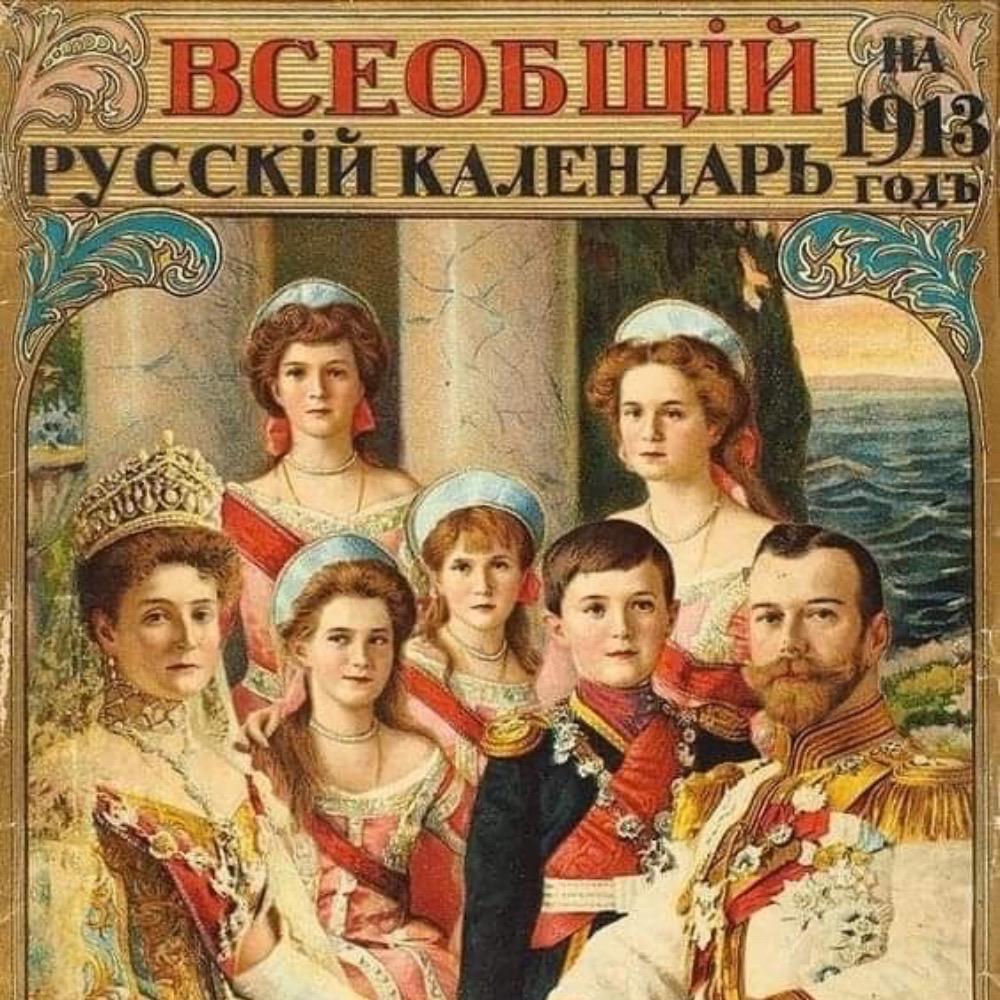
The Romanovs’ legacy is also intertwined with evolving myths and legends. From their grand palaces to the dramatic events of their execution, the Romanovs remain a compelling and enigmatic chapter in Russian history.
Historical Revisions and Debates
The Romanovs’ story has been subject to extensive historical revisions and debates. Scholars and historians continue to explore and re-evaluate the dynasty’s impact on Russian history, often revisiting old narratives and uncovering new perspectives.
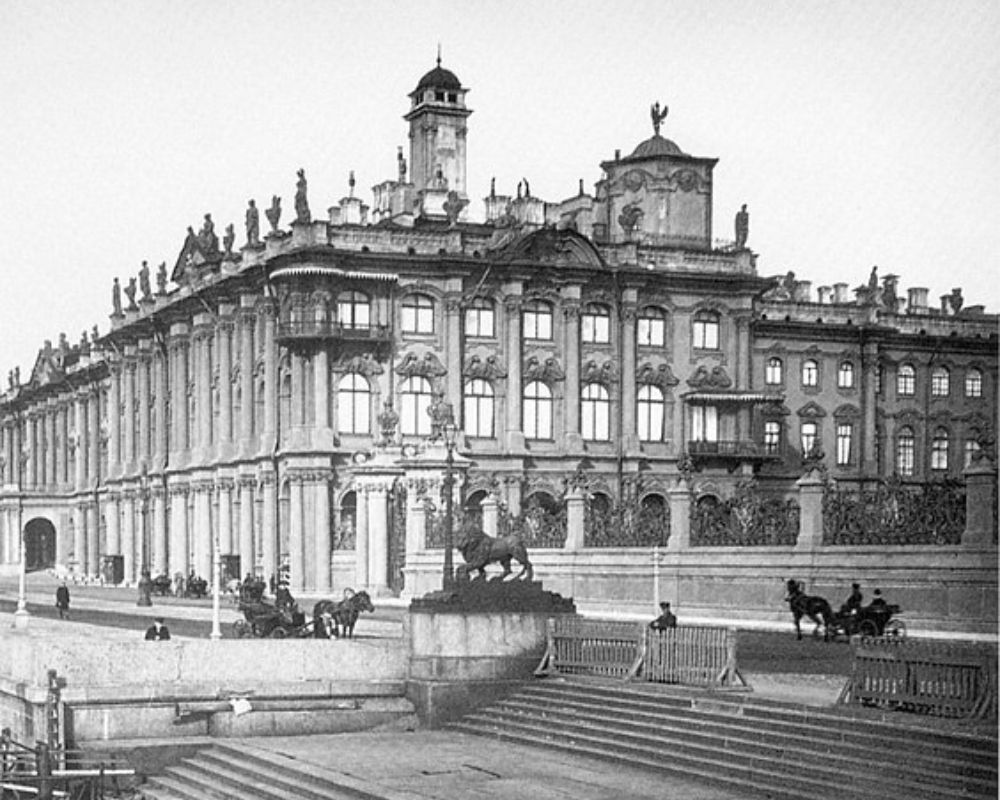
Debates about the Romanovs’ legacy involve discussions on their role in Russian society, the nature of their rule, and the factors leading to their downfall. These ongoing discussions reflect the complex and evolving understanding of the Romanov dynasty’s historical place.
Romanovs’ Cultural Impact
The Romanovs left a profound cultural impact on Russia and beyond. Their reign was marked by significant contributions to art, architecture, and culture, with their patronage fostering a flourishing of Russian artistic and intellectual life.

From grand architectural projects to the promotion of Russian arts, the Romanovs played a crucial role in shaping the cultural landscape of their time. Their influence extended beyond their reign, continuing to inspire and shape cultural narratives and historical interpretations.
Romanovs and Russian Orthodoxy
The Romanovs’ relationship with the Russian Orthodox Church was a cornerstone of their rule, intertwining religious and political authority in a complex and often contentious partnership. The dynasty’s strong support for the Church was evident through their patronage and promotion of Orthodox traditions. However, this close association was not without its controversies.

The Romanovs’ alignment with Orthodoxy sometimes exacerbated tensions, especially during political upheaval and reform periods. Their reliance on the Church as a symbol of divine right and legitimacy often clashed with the growing demands for modernization and secularism.
Fate of the Romanov Heirs
The fate of the Romanov heirs represents one of the most tragic and poignant chapters in the family’s storied history. After the Bolshevik Revolution, the remaining members of the Romanov dynasty faced a grim reality. Imprisoned under harsh conditions, their dreams of a return to power dwindled as the revolutionary fervor of the new regime tightened its grip.

In July 1918, the execution of Tsar Nicholas II’s family was a stark and brutal act of finality by the Bolsheviks. This act sealed the end of the Romanov dynasty and symbolized the complete severance from Russia’s imperial past.
Revolution’s Aftermath on Society
The Russian Revolution profoundly impacted Russian society, reshaping the country’s political, economic, and social landscape. The end of the Romanov dynasty marked the beginning of a new era characterized by radical change and upheaval.
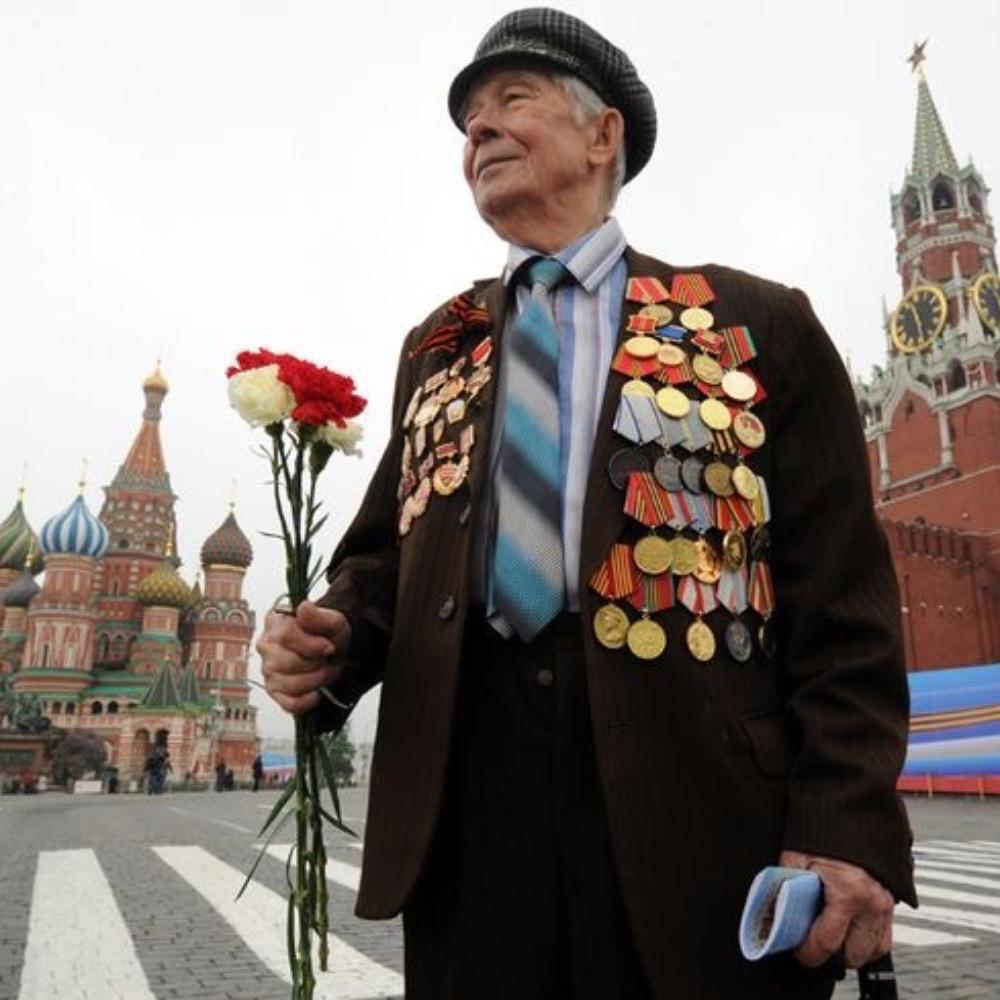
The aftermath of the revolution saw significant societal transformations, including dismantling the old class structure and implementing Bolshevik policies. These changes fundamentally altered the fabric of Russian society and set the stage for the Soviet era.
Soviet Union’s View on Romanovs
The Soviet Union’s view of the Romanovs was complex and often critical. The Bolshevik regime portrayed the Romanovs as symbols of imperial oppression and bourgeois decadence, using their downfall to justify revolutionary policies.

The Soviet government’s portrayal of the Romanovs was part of a broader effort to discredit the old regime and promote the new socialist order. This view was reflected in state propaganda, historical narratives, and public discourse during the Soviet era.
Romanovs in Popular Culture
The Romanovs have long captivated the public imagination, becoming a prominent subject in popular culture. Their dramatic and tragic story has inspired many books, films, and artworks, blending historical facts with myth and legend. This fascination reflects their enduring allure and the rich tapestry of their lives, which intrigues and engages audiences worldwide.
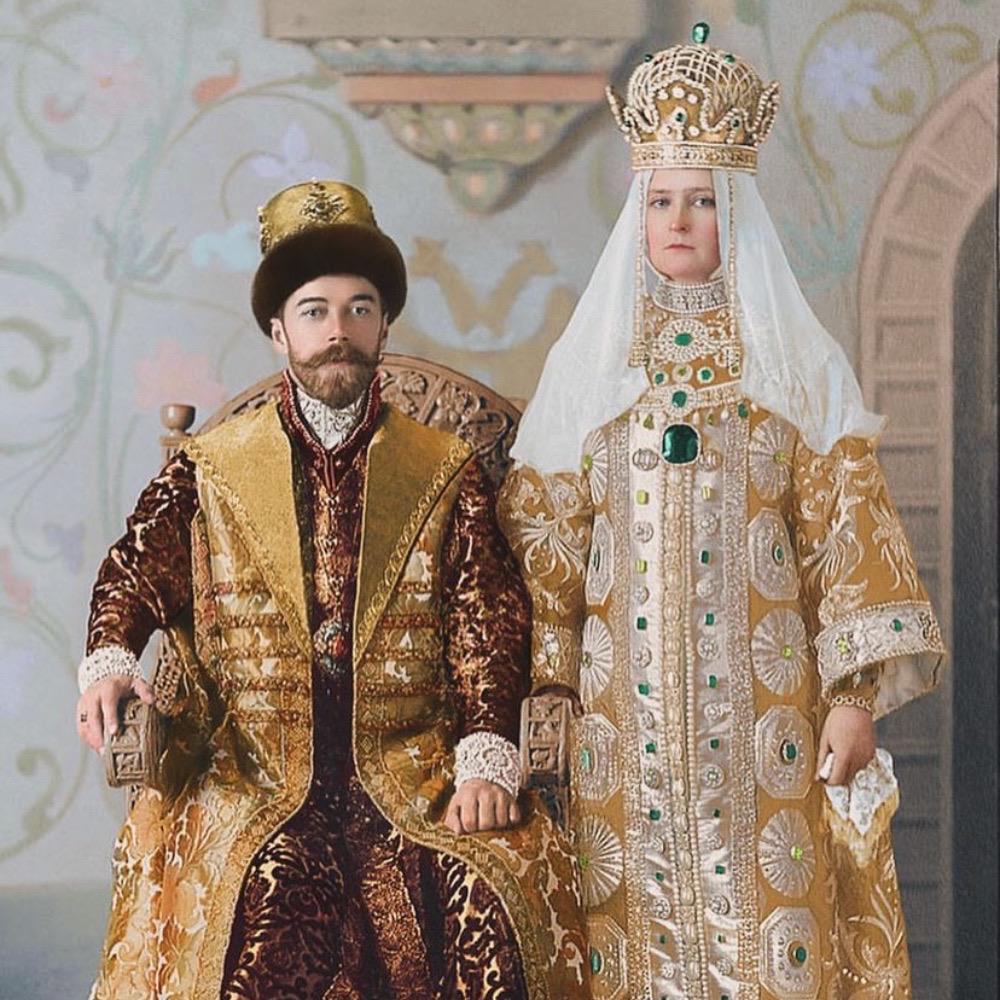
From glamorous romanticizations to gritty historical dramas, the Romanovs’ legacy remains a vibrant source of creative inspiration. Their tale of luxury, downfall, and mystery fuels continuous artistic interpretations.
Modern Perspectives on Romanovs
Modern perspectives on the Romanovs offer a nuanced view of their reign and legacy, shedding light on the complexities of their rule. Contemporary historians and scholars have delved deeper into the Romanov dynasty, moving beyond traditional narratives to explore the multifaceted nature of their impact on Russian history.
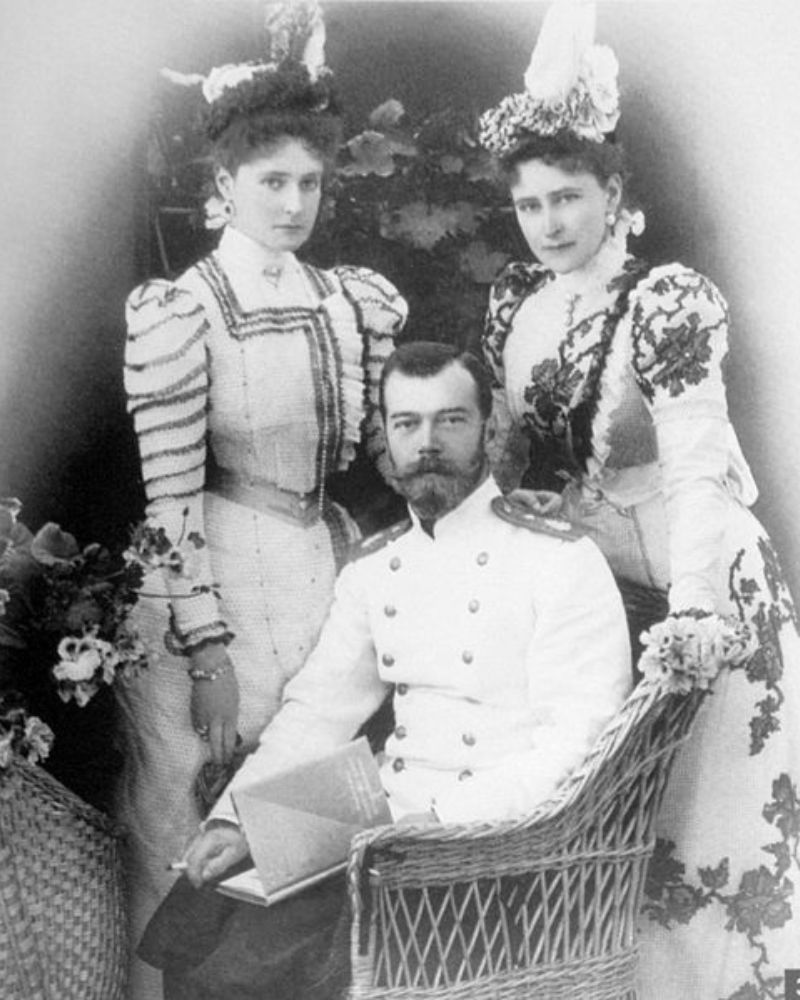
Recent research has provided fresh insights into the Romanovs’ political, social, and cultural roles, challenging long-held assumptions and offering a more balanced view of their contributions and shortcomings.
Romanovs’ Influence on Russia
The Romanovs’ impact on Russia was profound and enduring, shaping the country’s political, social, and cultural evolution over more than three centuries. Their reign left a significant imprint on Russian history.
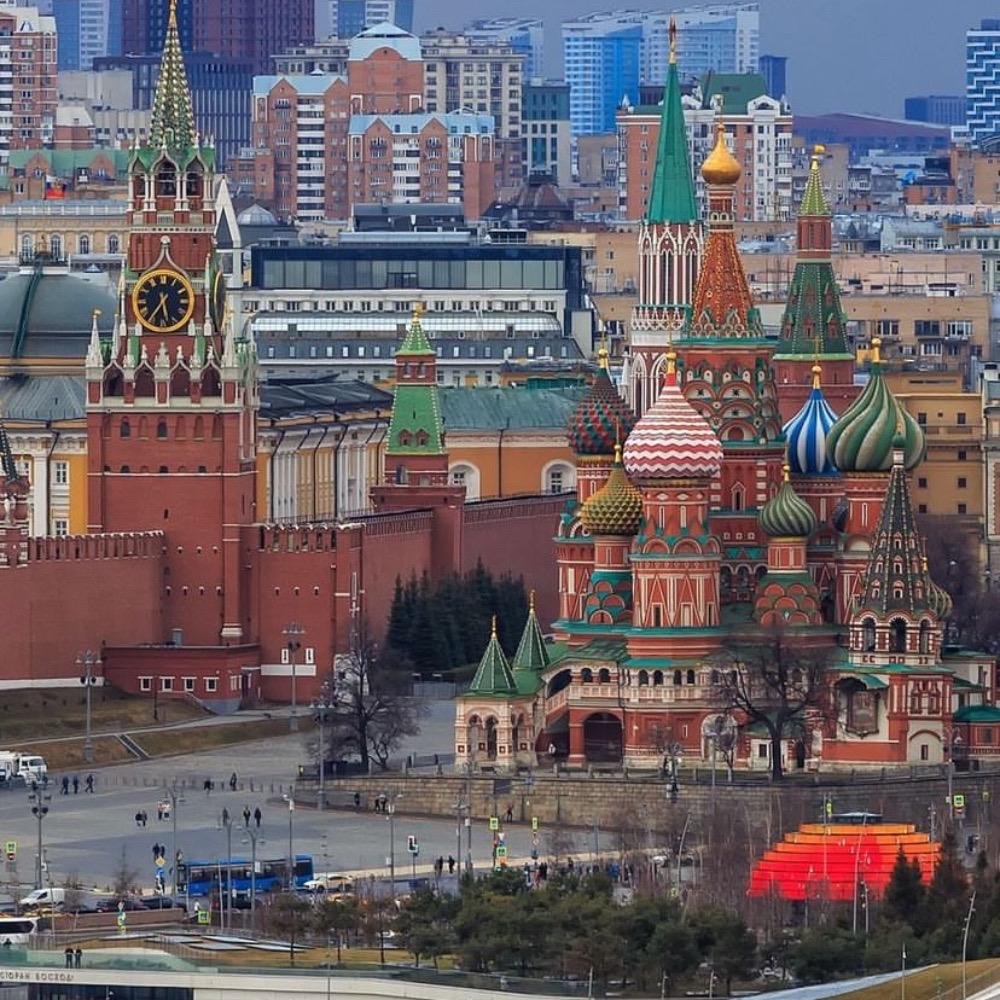
The grandeur of the Romanov era, alongside the challenges they faced, played a central role in steering Russia’s trajectory. Their legacy is still evident in various facets of Russian society and culture today, demonstrating how their influence resonates long after they fall from power.
Restoration of Romanov Monuments
In recent years, there has been a surge of interest in restoring Romanov monuments and preserving their historical legacy. This renewed focus on rehabilitating sites linked to the Romanovs underscores a growing appreciation for their role in Russian history and culture.
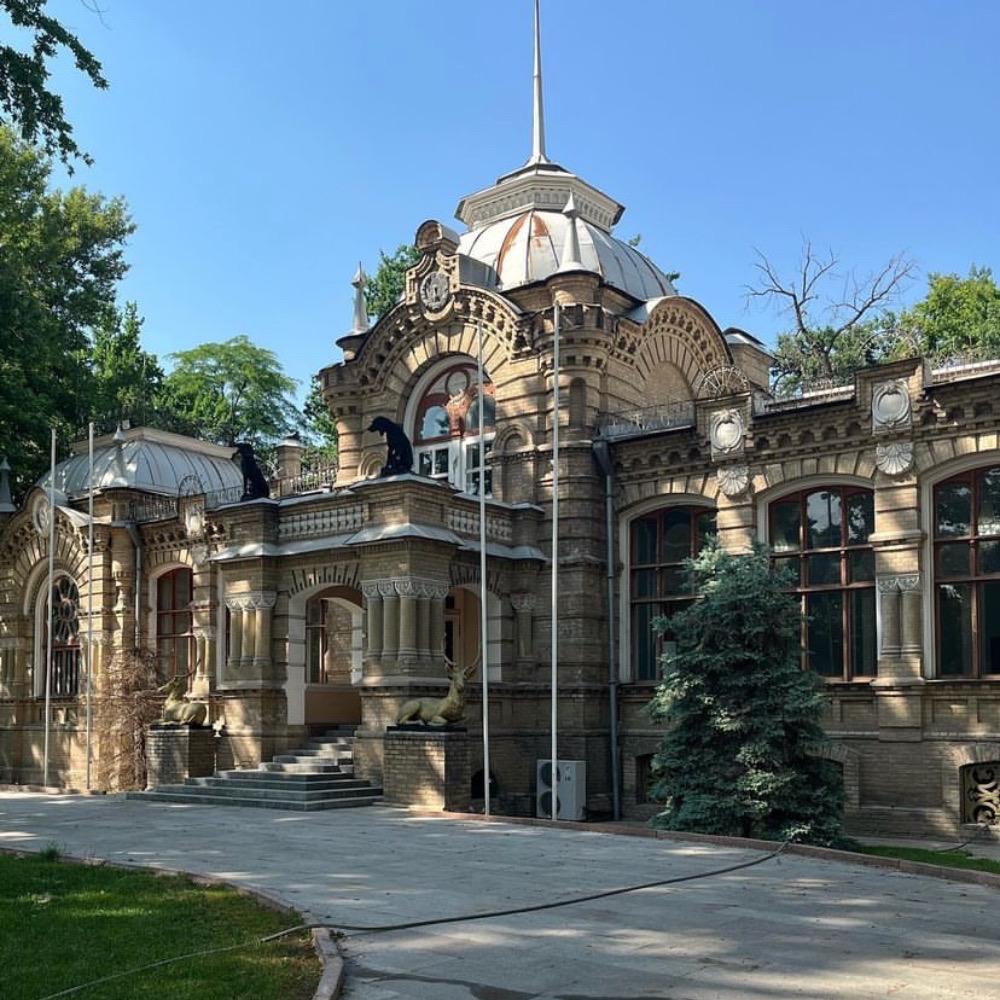
These restoration projects aim to honor the Romanovs by reviving and maintaining the landmarks associated with their reign. Efforts to restore these historical sites serve to celebrate the Romanovs’ contributions and provide a tangible link to the past.
Romanovs in Historical Records
The Romanovs significantly influenced Russia’s international relations through their foreign policy and diplomatic strategies. Their reign saw a complex web of alliances and rivalries with other European powers, which played a pivotal role in shaping global geopolitics. Tsar Nicholas II, for instance, sought to modernize Russia’s military and strengthen its position on the world stage.
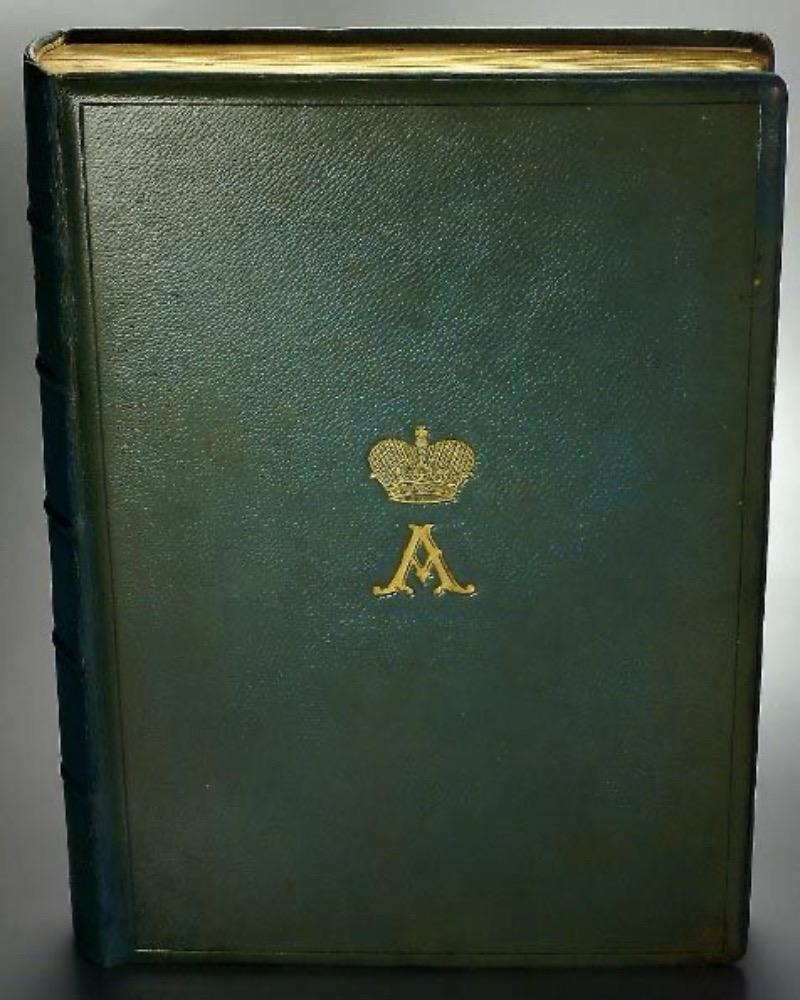
Their foreign policy decisions, including alliances with France and Britain, were designed to counterbalance Germany’s rising power. However, these international entanglements also contributed to Russia’s involvement in World War I.
Public Fascination With Romanovs
The Romanovs profoundly influenced Russian art and culture during their reign. Their patronage extended to various artists, architects, and musicians, significantly impacting the artistic landscape of the time. From commissioning grandiose architectural projects to supporting Russian ballet and opera, the Romanovs played a crucial role in shaping the cultural milieu.
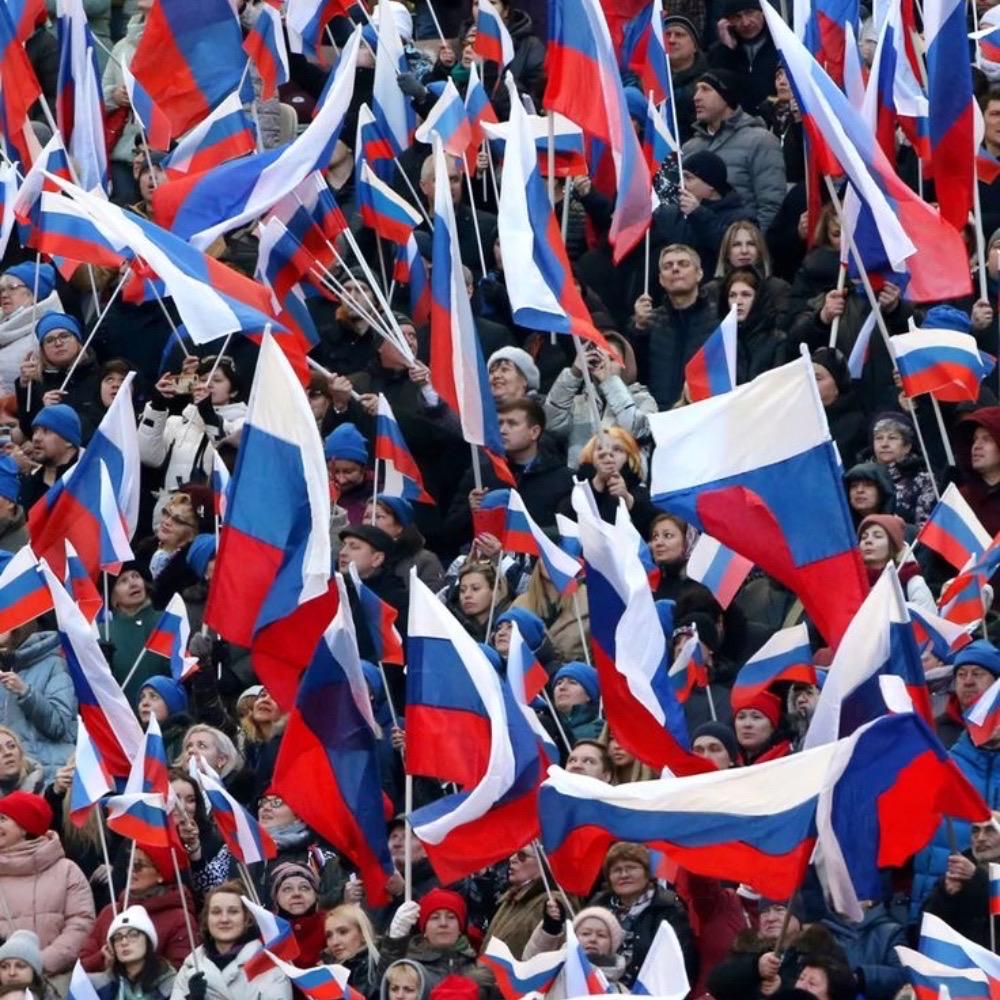
Their commitment to the arts helped cultivate a vibrant cultural scene celebrating Russian heritage and innovation. The dynasty’s support for artistic endeavors enhanced their prestige and left a lasting legacy in Russian art.
The Romanovs: Historical Legacy
The final days of the Romanovs were marked by uncertainty, hardship, and tragedy. Following their abdication and arrest, the family endured a grim fate as they faced the realities of their new life under Bolshevik control.

Their final days reflect the dramatic shift from imperial luxury to revolutionary upheaval, highlighting the stark contrast between their past and present circumstances. The story of the Romanovs’ last days remains a poignant chapter in Russian history.
Step into luxury, intrigue, and tragedy with “The Romanovs: The Rise and Fall of a Russian Dynasty.” From the grandeur of imperial palaces to the turbulent end of Russia’s last royal family, this journey uncovers the dramatic saga of the Romanovs. Explore the highs and lows of their reign and discover how their legacy shaped Russian history forever.